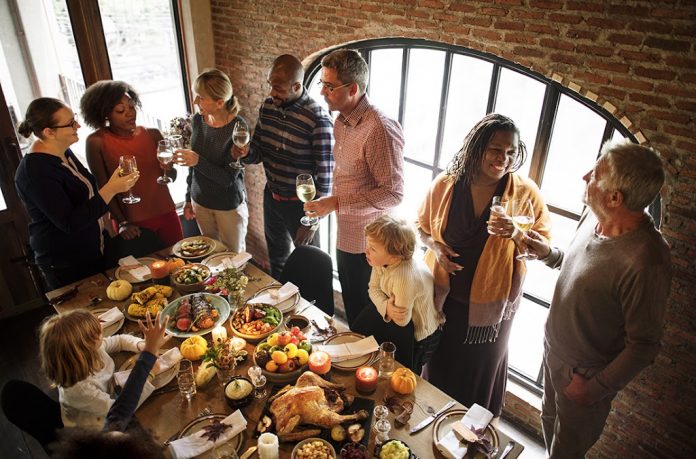Why Gratitude Matters Every Day and Ways to Encourage It
When we were kids, we were taught to say, “please and thank you,” if we wanted something. We were also taught to “be thankful,” around the Thanksgiving table. But there is so much more to the practice of gratitude.
Research shows that practicing gratitude has a multitude of positive effects. From feeling less stress to better physical health and a happier mindset, its effects are far-reaching. Students have even been shown to be more alert, compassionate, and positive when they are practicing gratitude.
Write It Down
 We’ve all heard of expressing gratitude through keeping a gratitude journal. This can be a simple exercise every morning where students choose one or two things that they are grateful for. After they have run through their family members, friends, and pets, it becomes trickier. Encourage them to look for beauty in every-day life that they can feel thankful for. The crunch of fall leaves under a boot, a warm jacket, and a parent cooking dinner when they arrive home are just a few examples.
We’ve all heard of expressing gratitude through keeping a gratitude journal. This can be a simple exercise every morning where students choose one or two things that they are grateful for. After they have run through their family members, friends, and pets, it becomes trickier. Encourage them to look for beauty in every-day life that they can feel thankful for. The crunch of fall leaves under a boot, a warm jacket, and a parent cooking dinner when they arrive home are just a few examples.
Share
Keep a grateful jar in the classroom. Encourage students to write thoughtful notes about reasons they are grateful to fellow classmates. Go through them at the end of the week to share out loud. Once they get the hang of it, they can express gratitude face-to-face and feel comfortable doing so.
Write Letters
Write a group gratitude letter to someone in your school, community, or even a public figure. Help the students be specific about their reasons of gratitude. The librarian, the school receptionist, the janitors, and cafeteria workers would surely all appreciate such a thoughtful gesture.
Help Students Look Deeper
It is easy to be grateful for a new pet, a new car, or expensive new clothes. But once the novelty wears off, sometimes so does the gratitude. Self-serving gratitude is a precursor to resentment and envy as others will always seemingly have more than us.
Encourage students to delve deeper. Rather than being grateful just to have something fancy and new, what are the feelings that are driving the gratitude? Help them find that more meaningful level of appreciation. Do they feel fortunate because their parents are generous? Are they proud because they worked hard to earn and save for something? Do they like the items because it improves their self-confidence? When they become grateful for feelings rather than things, they will have found a deeper level in their gratitude practice.
Being grateful is a constant practice. When you find yourself feeling negative and ungrateful, recognize those feelings. Ask for help and ideas from the students with ways to look at things in a more positive light. They will appreciate the chance to brainstorm and get involved.
For more social skills lessons, check out the Real-World Skills Series for lessons on honesty, generosity and kindness; Real-World Skills: Social Skill – Improving Behavior (book 1) at remedia.com.
Or get this book from our Digital website RemediaDigital.com
Real-World Skills: Social Skills – Improving Behavior – Book 1












